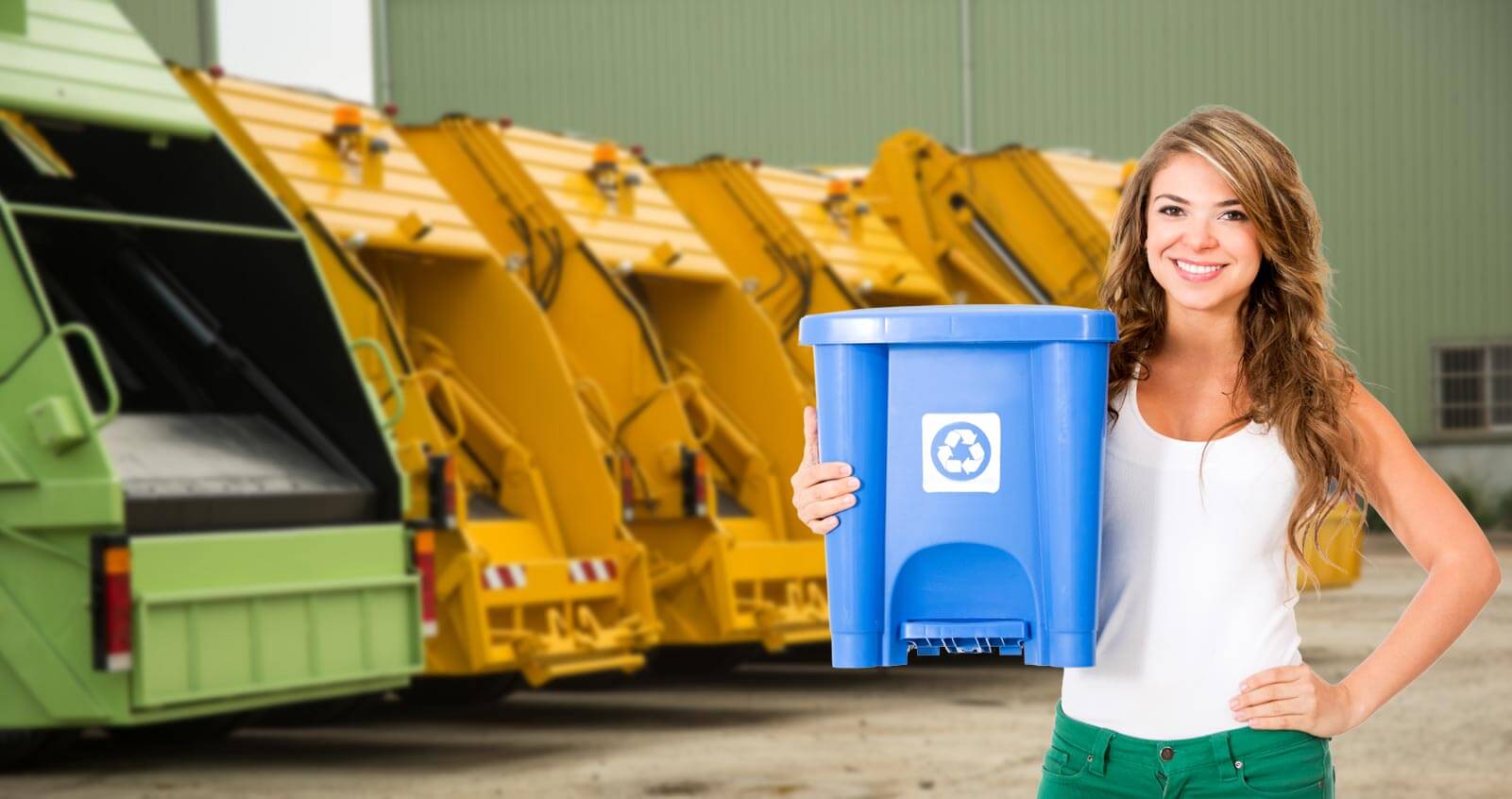Easy Steps to Reduce Builders Waste
Posted on 15/09/2024
Construction projects, whether small renovations or large builds, inherently generate a significant amount of waste. Proper waste management is essential for sustainability and environmental conservation. By adopting efficient waste reduction practices, builders can minimize their ecological footprint while also reducing construction costs. This article will explore easy steps to reduce builders waste, emphasizing practical strategies for contractors, construction companies, and DIY enthusiasts.
Understanding the Importance of Waste Reduction
Before diving into the actionable steps, it's crucial to understand why reducing builders waste is important. Here's why:
- Environmental Impact: Construction debris often ends up in landfills, contributing to pollution and harming wildlife.
- Cost Savings: Efficient waste management can lower disposal costs and reduce the need for additional materials.
- Regulatory Compliance: Many regions have stringent regulations regarding construction waste, and reducing waste helps in staying compliant.

Planning and Design
One of the most effective ways to reduce builders waste is by implementing waste reduction practices during the planning and design phases of a project. Here are a few tips:
- Opt for Modular Construction: Modular designs allow for pre-fabricated components that minimize waste and enhance efficiency during construction.
- Use Accurate Measurements: Precise planning and measurements can prevent over-ordering of materials.
- Choose Sustainable Materials: Selecting materials that are recyclable or made from renewable resources can significantly cut down on waste.
Efficient Material Management
Proper material management on-site is critical to minimizing waste. Here are some strategies:
- Just-In-Time Delivery: Schedule materials to arrive as needed to reduce the likelihood of damage or loss.
- Safe Storage Solutions: Store materials properly to prevent damage and contamination. Utilize weatherproof storage when necessary.
- Reuse and Recycle: Identify materials that can be reused in the current or future projects. Establish on-site recycling stations for materials like wood, metal, and concrete.
Implementing Waste Segregation
Segregating waste before disposal not only ensures compliance with waste management regulations but also enhances the recycling process. Here's how you can do it efficiently:
- Designate Separate Bins: Place different bins for wood, metals, plastics, and hazardous materials.
- Educate Workers: Train construction workers on the importance of waste segregation and how to do it correctly.
- Regular Inspections: Conduct regular checks to ensure that waste segregation processes are being properly followed.
Utilizing Technology
Modern technology offers various tools and systems designed to streamline waste management on construction sites:
- Construction Management Software: Use software for tracking materials and managing waste output effectively. These platforms often include features for inventory tracking, project scheduling, and reporting.
- Waste Tracking Apps: Mobile applications can help in documenting and managing waste, making it easier to identify areas where waste can be reduced.
- Recycling Robots: Advanced robotic systems can help sort and recycle construction waste more efficiently.
Involving Stakeholders
Reducing builders waste requires the collaboration of all parties involved in the construction process. Here's how to involve stakeholders:
- Educate and Train: Provide training sessions for all workers, subcontractors, and suppliers on waste reduction practices.
- Implement Policies: Develop and enforce waste management policies. Include waste reduction clauses in contracts and agreements.
- Engage the Community: Involve the community in waste reduction initiatives. Recycling programs and reuse opportunities can benefit local businesses and residents.

Case Studies and Best Practices
Learning from successful projects can provide valuable insights. Here are some noteworthy case studies and best practices:
- Project A: In a large-scale urban development, the construction company implemented modular construction methods and achieved a 30% reduction in waste.
- Project B: A residential renovation project used locally sourced, sustainable materials, resulting in minimal waste and significant cost savings.
- Project C: A commercial building project employed advanced waste tracking tools, ensuring over 75% of waste was recycled or reused.
Conclusion
Reducing builders waste requires a multifaceted approach that involves smart planning, efficient material management, waste segregation, and the adoption of modern technology. By making a concerted effort to reduce waste, builders not only contribute to environmental sustainability but also realize significant cost savings and comply with regulatory standards. These easy steps to reduce builders waste highlight practical measures that can be implemented across construction sites of all sizes and types. By embracing these strategies, the construction industry can make significant strides towards a more sustainable future.




